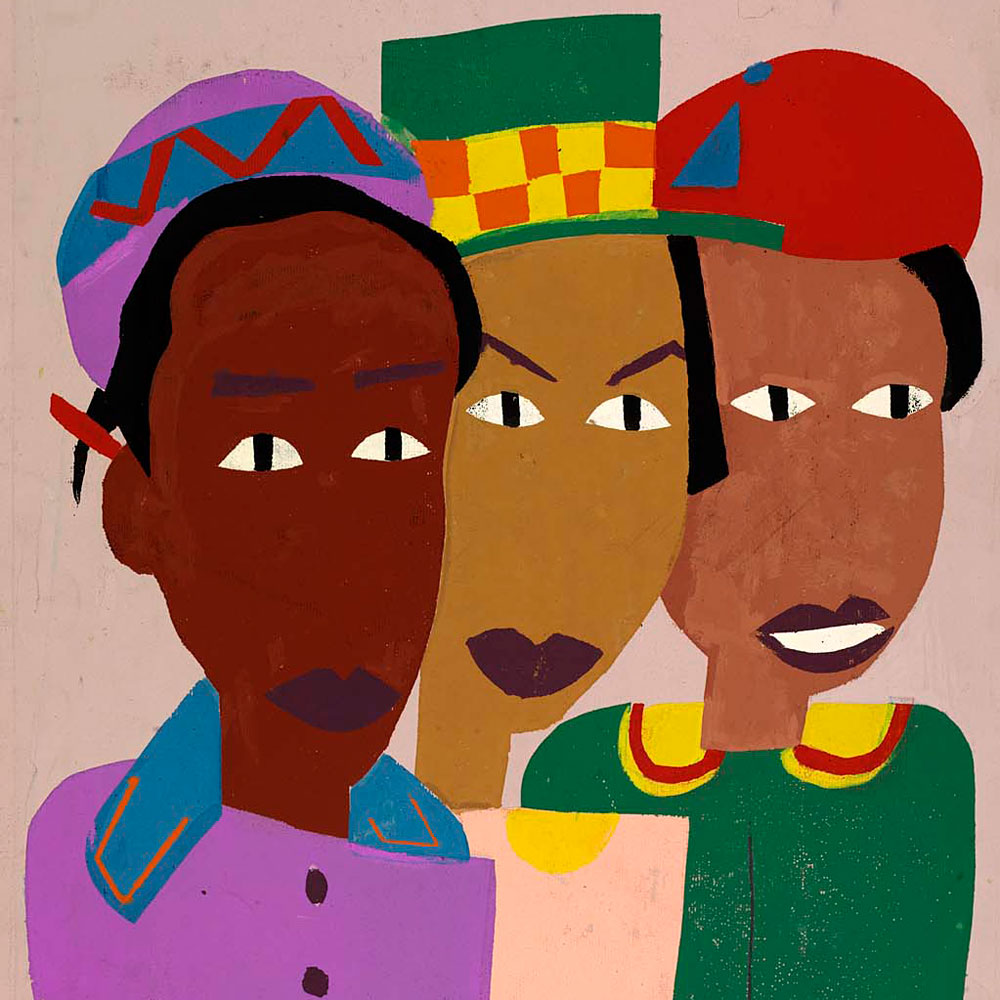
March 10, 2020; Hyperallergic and ARTNews
Last week, nonprofit arts and culture organizations started sending out messages about modest precautions they were taking to keep audience members/visitors and staff safe. Before the week ended, most had cancelled all scheduled performances and special events for the weeks ahead, then sent their employees home and shuttered their (freshly sanitized) doors for the foreseeable future.
For many artists and arts organizations, the new realities presented by the COVID-19 pandemic are generating scary flashbacks to the Great Recession, which hit the cultural sector hard. One difference this time—quite possibly because of lessons learned a decade ago—is an awareness that artists and arts groups need financial lifelines now, not later, to weather this storm. Foundations, state and local governments, and individuals are already addressing short-term funding gaps for artists and arts organizations. Here are four early examples of proactive leadership in support of the arts community:
- In Seattle, author and city native Ijeoma Oluo started a campaign a week ago to raise $100,000 to help individual artists who are losing work because of COVID-19. As reported in Hyperallergic, within two days the fund, named Seattle Artists Relief, had already awarded $9,000 to 17 artists. As of this writing, the goal has been upped to $300,000, with nearly $140,000 already donated.
- The New York Foundation for the Arts and the Robert Rauschenberg Foundation have announced a special funding program to offer up to $5,000 to artists who need help paying for “unforeseen medical expenses.” As reported in Hyperallergic, the “one-time Rauschenberg Emergency Grants” will be available to visual and media artists as well as choreographers. Applications will open in late May or early June and will be reviewed on a rolling basis.
- New York City is preparing to offer interest-free loans and cash grants to “small enterprises” affected by COVID-19. As reported in ARTnews, small businesses (including, for example, art galleries) may qualify for one of two kinds of assistance. Those with fewer than five employees could receive a grant to cover 40 percent of payroll expenses for two months; those with fewer than 100 employees with sales decreases of at least 25 percent could receive interest-free loans for up to $75,000. Details about eligibility are still being finalized but should be made public soon.
- In Denver, the Bonfils-Stanton Foundation announced yesterday that it has already released $125,000 in emergency funding to current arts grantees. Each organization received emergency funding based on 10 percent of their most recent grant, with a cap of $6,000. Bonfils-Stanton decided to forego an application process and will not require reporting on these funds. As explained in a news release, “The vast majority of our funding is already general operating support. We trust our grantees, and these grants are a further demonstration of that trust.”
In many ways, COVID-19 will not be like the Great Recession, where over time some people chose to stop paying for arts and culture experiences and/or chose to stop making donations as their own budgets tightened. During the years of that financial downturn, arts groups had time to develop contingency plans and adjust. Today’s public health emergency has caused cultural organizations to cancel (or postpone) all live programming immediately, which also amounts to cancelling all short-term opportunities for earned revenue. Depending on how long arts groups have to stay closed, the impact could be crippling for many.
Sign up for our free newsletters
Subscribe to NPQ's newsletters to have our top stories delivered directly to your inbox.
By signing up, you agree to our privacy policy and terms of use, and to receive messages from NPQ and our partners.
School visits to cultural institutions (which peak in the spring) have stopped, many spring fundraising events scheduled are postponed, and even rehearsals and other preparations for future programming have come to an abrupt halt. Many (most?) nonprofit cultural groups will not be able to pay employees while their operations are closed down. Individual artists like actors, musicians, dancers, and designers (e.g., costume, sound, scenery) who are hired on a project basis are especially vulnerable.
Arts nonprofits cancelling performances have been offering refunds for tickets, but are encouraging ticketholders to consider donating that amount back to the organization. Most NPQ readers, no doubt, understand how much it means to those organizations—financially and emotionally—every time a patron declines a refund.
Arts groups have also been finding ways to stream performances online—for free—or to offer other kinds of virtual arts experiences to help people cope with social distancing or quarantines. Last week, the Philadelphia Orchestra played its final concert (for now) to an empty hall, but the program was livestreamed and can be enjoyed for free virtually. On March 16, the Metropolitan Opera began a free nightly stream of previously recorded performances. And, as reported in Travel + Leisure, thanks to Google Arts and Culture, anyone with internet access can enjoy virtual tours of several exceptional museums round the world.
As the cultural community struggles to cope with COVID-19, we should remember how much that same community helps us all to cope with life—in good times as well as not-so-good times.—Eileen Cunniffe













